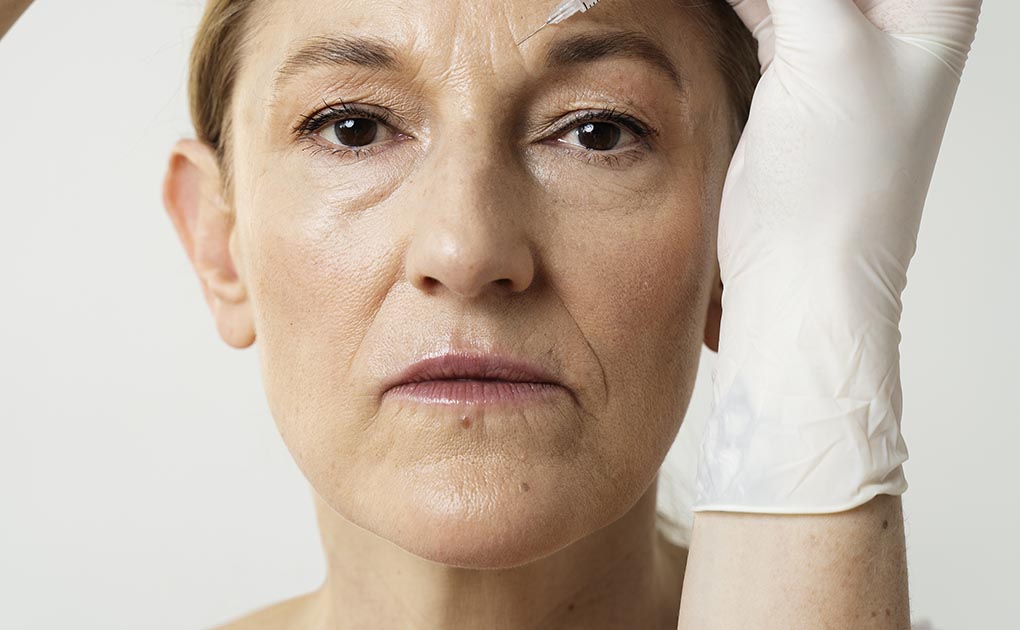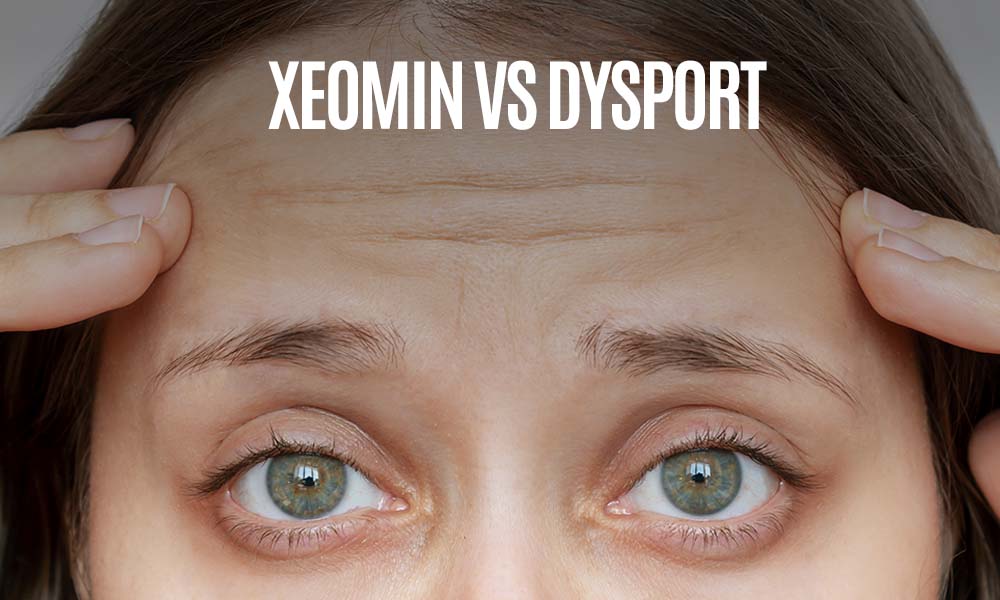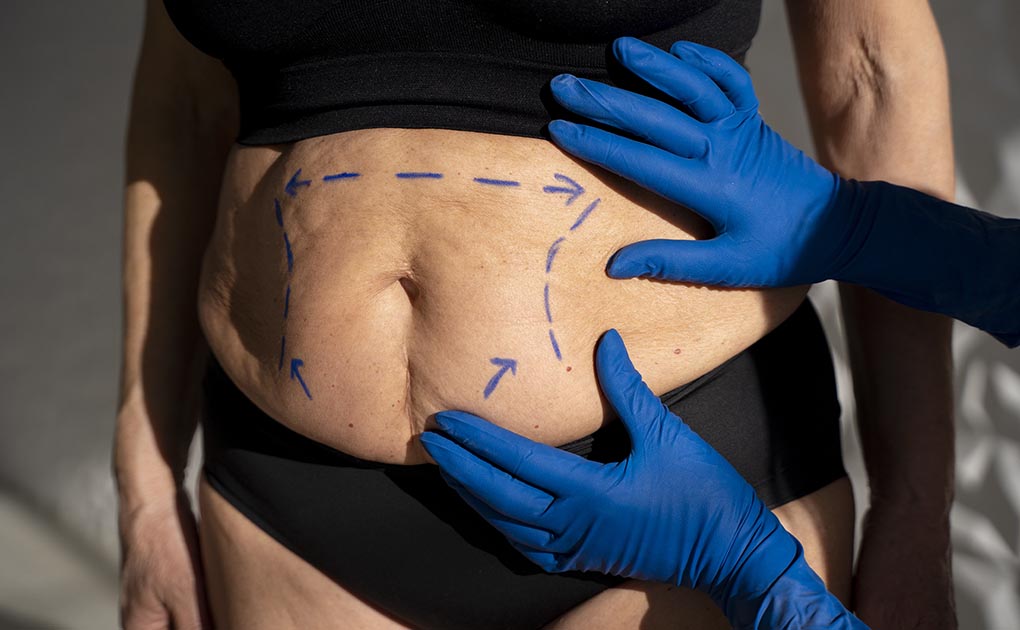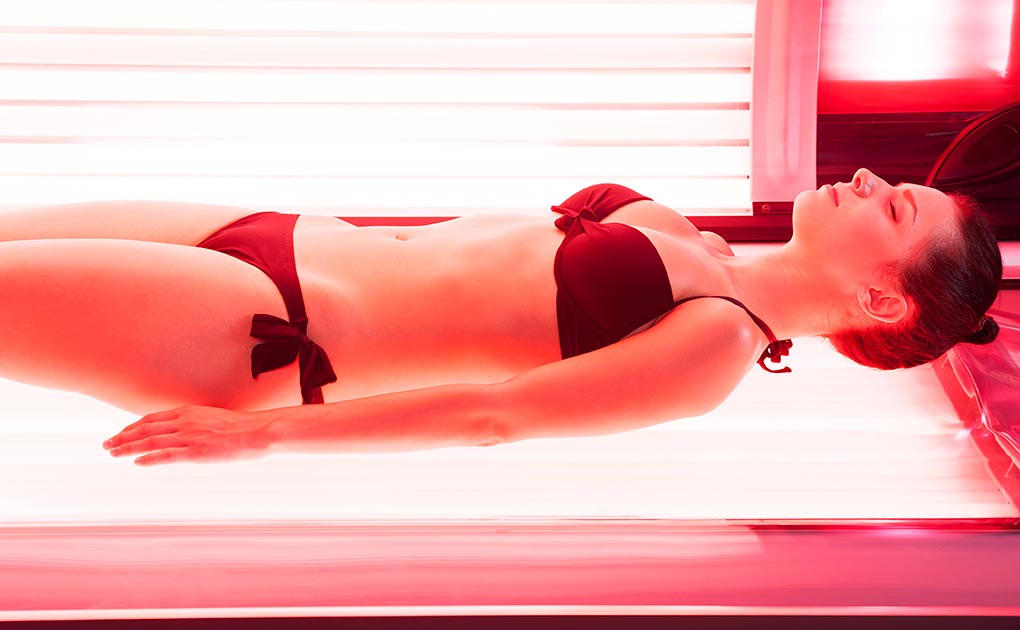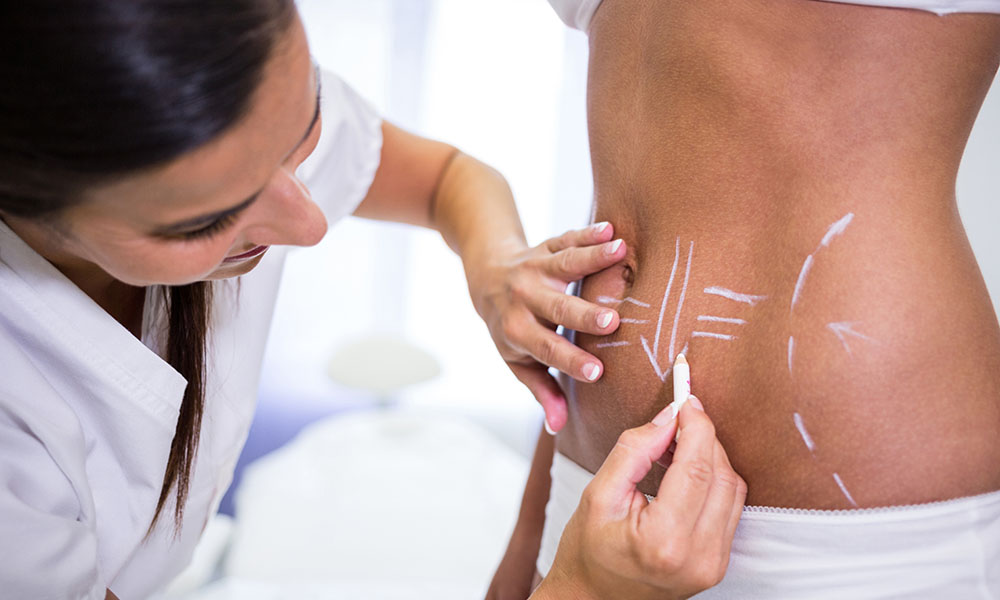Dysport has gained significant attention in aesthetics and medical treatments due to its ability to smooth wrinkles, treat medical conditions, and improve overall quality of life. But what exactly is Dysport, and what is it used for? This blog will explore the details, benefits, and considerations of Dysport, a botulinum toxin-based product, helping you understand why it has become a go-to solution for many seeking cosmetic and medical treatments.
What is Dysport?
Dysport is a non-surgical injectable treatment that belongs to the botulinum toxin family, similar to Botox. It temporarily blocks nerve signals in muscles, leading to muscle relaxation. By inhibiting the release of acetylcholine, a neurotransmitter responsible for muscle contraction Dysport effectively relaxes the muscles that cause wrinkles or certain medical conditions.
Though Botox is perhaps the most well-known botulinum toxin, Dysport has garnered popularity for its unique formulation and spreadability. It is often chosen for its ability to treat a larger area more evenly, making it a preferred option for some individuals. Dysport is FDA-approved for cosmetic and medical uses, giving it a wide range of applications.
What is Dysport Used For?
Dysport is used for various purposes, from smoothing facial wrinkles to treating chronic medical conditions. Here, we break down its uses in cosmetic and medical fields.
Cosmetic Uses of Dysport
One of the most common reasons individuals seek Dysport treatments is for cosmetic purposes. The primary goal is to reduce the appearance of fine lines and wrinkles, creating a smoother, more youthful appearance. Here are the main cosmetic uses:
- Forehead Lines: Dysport is commonly used to treat horizontal lines across the forehead. These lines can form over time due to frequent facial expressions like raising eyebrows.
- Crow’s Feet: Wrinkles at the outer corners of the eyes, commonly known as crow’s feet, are another target for Dysport. This area is among the first to show signs of aging, especially with repeated squinting or smiling.
- Frown Lines: Deep vertical lines can form between the eyebrows over time from furrowing the brow. Dysport works by relaxing the muscles responsible for these lines, providing a smoother, more refreshed appearance.
- Bunny Lines: The lines that appear on the bridge of the nose when smiling or scrunching the nose can also be treated with Dysport.
While Dysport is typically used for wrinkle treatment, it can also be used for other cosmetic enhancements. Individuals may seek Dysport to achieve a more youthful, relaxed look without surgery.
Medical Uses of Dysport
Dysport isn’t just for cosmetic enhancements; it also has many medical applications. Many individuals benefit from Dysport’s ability to address underlying medical conditions that cause muscle spasms and excessive movement.
- Chronic Migraines: Dysport has been shown to be effective in treating chronic migraines. By relaxing the muscles around the head and neck, it helps alleviate the frequency and intensity of migraines in individuals who suffer from them regularly.
- Excessive Sweating (Hyperhidrosis): Dysport is FDA-approved to treat hyperhidrosis, a condition that causes excessive sweating, particularly in the underarms, hands, and feet. By blocking the nerve signals responsible for sweating, Dysport provides relief for those who struggle with this condition.
- Muscle Spasticity: Dysport is often used to treat conditions like spasticity and dystonia, which involve abnormal muscle contractions. Dysport injections can help reduce muscle tightness and improve overall mobility for people with movement disorders.
- Neck Spasms (Cervical Dystonia): Cervical dystonia, which causes neck muscles to tighten and spasm, can be managed with Dysport. By relaxing these muscles, Dysport helps to reduce pain and improve posture.
Off-Label Uses of Dysport
In addition to its FDA-approved indications, Dysport is sometimes used off-label for other conditions, such as treating neck wrinkles, jawline slimming, and excessive teeth grinding. While the FDA does not formally approve these uses, many individuals find them beneficial, especially when seeking non-surgical alternatives to improve facial aesthetics.
How Does Dysport Work?
Dysport works by temporarily blocking the signals between the nerves and muscles in the treated area. Specifically, it prevents the release of acetylcholine, a neurotransmitter that signals the muscles to contract. As a result, the muscles become temporarily relaxed, leading to a smoother appearance in cosmetic treatments and reduced muscle contractions for medical conditions.
The primary difference between Dysport and Botox lies in how the product spreads once injected. Dysport spreads more quickly over a larger area, making it a great option for treating broader areas like the forehead. This spreadability can be beneficial when treating larger muscles, providing more even and natural-looking results. However, it also means that precise placement is crucial to avoid affecting nearby muscles.
Benefits of Dysport
There are several benefits to choosing Dysport, both for cosmetic and medical reasons:
- Non-invasive Treatment: Dysport offers a non-surgical solution for individuals seeking to address wrinkles or medical conditions like migraines without requiring invasive procedures or recovery time.
- Quick Treatment with Minimal Downtime: Dysport injections can typically be done in under 30 minutes, with most patients returning to normal activities immediately after. There’s minimal recovery time involved, which makes it an attractive option for those with busy schedules.
- Natural-Looking Results: One of Dysport’s key benefits is its ability to deliver smooth, natural-looking results. Unlike more invasive procedures, Dysport doesn’t create a frozen or stiff appearance but rather enhances your natural expressions.
- Long-Lasting Effects: While not permanent, the effects of Dysport typically last for three to four months for cosmetic treatments and longer for medical conditions. This makes it a relatively long-term solution compared to other temporary aesthetic treatments.
- Minimal Side Effects: Dysport is generally well-tolerated, with only mild side effects such as bruising or swelling at the injection site. Serious side effects are rare when administered by a trained professional.
Dysport vs. Botox
Dysport and Botox are often compared due to their similarities, but there are a few key differences:
- Spreadability: Dysport spreads more quickly, making it ideal for more extensive treatment areas like the forehead. Botox tends to be more concentrated, which may make it a better option for more targeted areas.
- Onset of Results: Dysport may take a little less time to show results compared to Botox. While Botox typically takes 3-7 days to show full results, Dysport may take just 2-5 days.
- Duration: The effects of Dysport tend to last for a slightly shorter period (around 3-4 months) compared to Botox (3-6 months).
- Pricing: The cost of Dysport can be more affordable per unit compared to Botox, but since it spreads more efficiently, you might need slightly more units to achieve the desired result.
Both treatments are safe and effective, and the choice between them often depends on the patient’s specific needs and the area being treated.
How Long Do Dysport Results Last?
The results of Dysport typically last between three to four months for cosmetic procedures. Medical treatments, such as those for chronic migraines, may last longer, depending on the individual’s response to the treatment. Most patients need follow-up treatments every three to six months to maintain results.
The duration of the effects can vary based on individual factors such as metabolism, the area treated, and the specific condition being addressed. Regular treatments are required to maintain optimal results.
Is Dysport Right for You?
Dysport is generally safe for most individuals, but it’s essential to consult a licensed practitioner to determine if it’s the proper treatment. People who are pregnant, breastfeeding, or have certain medical conditions may not be candidates for Dysport. A consultation with a certified provider is essential to assess your health and aesthetic goals.
Conclusion
Dysport is a versatile and effective treatment for both cosmetic and medical purposes. Whether you’re looking to smooth out wrinkles or manage chronic medical conditions, Dysport offers a non-invasive solution with minimal downtime. Its affordability, natural-looking results, and safety profile make it a popular choice for many individuals seeking to enhance their appearance or improve their quality of life.
If you’re considering Dysport or want to learn more about its benefits, Forever Young Medi Spa offers expert consultations and personalised treatments tailored to your needs.
Contact us today to schedule a consultation and discover how Dysport can help you achieve your beauty and wellness goals. Forever Young Medi Spa experienced professionals are here to provide you with the best care and result in a comfortable, welcoming environment.
FAQs
1. How long does Dysport last?
Dysport results typically last 3 to 4 months, but the duration can vary depending on factors such as metabolism, the area treated, and how well you follow aftercare instructions. Regular touch-up treatments are recommended to maintain results.
2. Is Dysport safe?
Dysport is FDA-approved and generally safe when administered by a qualified professional. Side effects are typically mild and temporary, including swelling, redness, or bruising at the injection site. It is important to choose an experienced provider to minimise any risks.
3. What’s the difference between Dysport and Botox?
Dysport and Botox contain botulinum toxin, but they differ in formulations and how they spread across muscles. Dysport tends to diffuse more easily and act faster, making it suitable for larger areas like the forehead, whereas Botox might be better for more precise treatment areas.
4. How much does Dysport cost?
The cost of Dysport varies based on the area treated and the number of units required. On average, treatments range from $200 to $400 per session. However, factors such as geographic location and the expertise of the practitioner can also influence the price.
5. Can I get Dysport if I’m pregnant or breastfeeding?
Dysport is generally not recommended during pregnancy or breastfeeding, as its safety in these conditions has not been thoroughly studied. Always consult with your healthcare provider before undergoing any injectable treatments while pregnant or nursing to ensure your safety and well-being.
